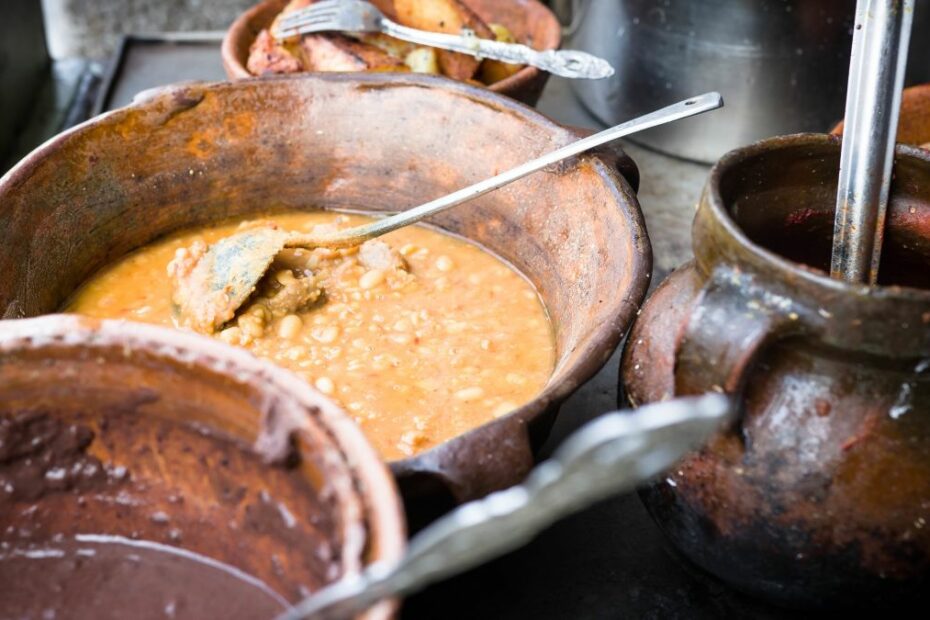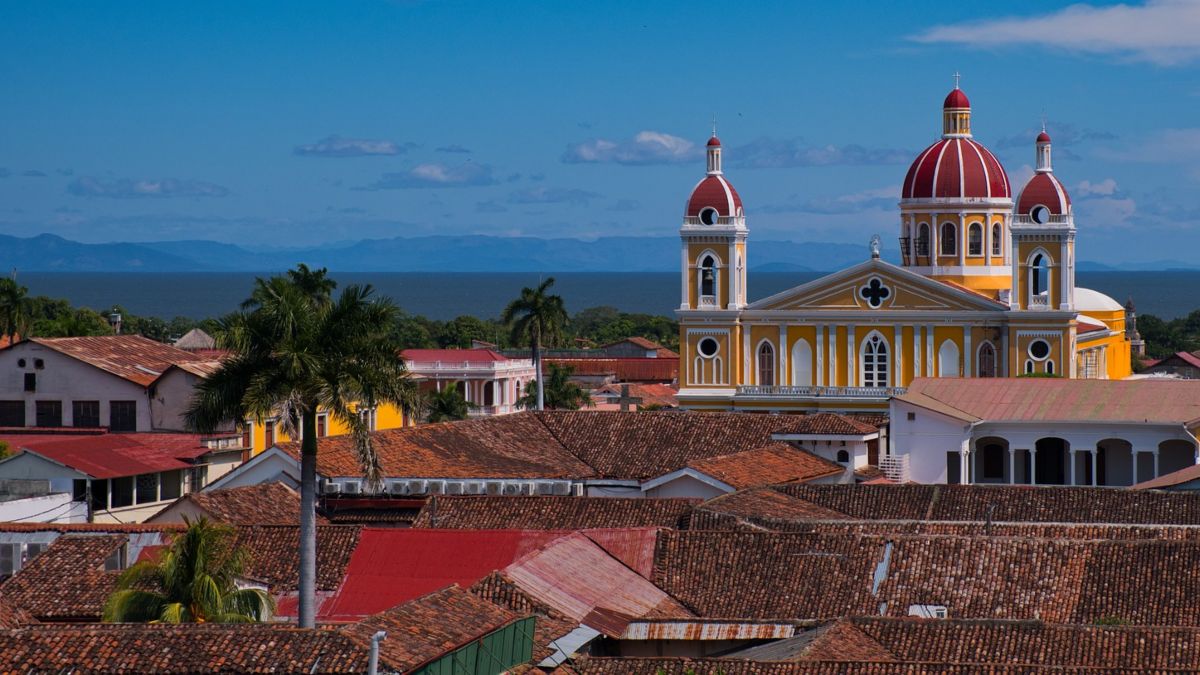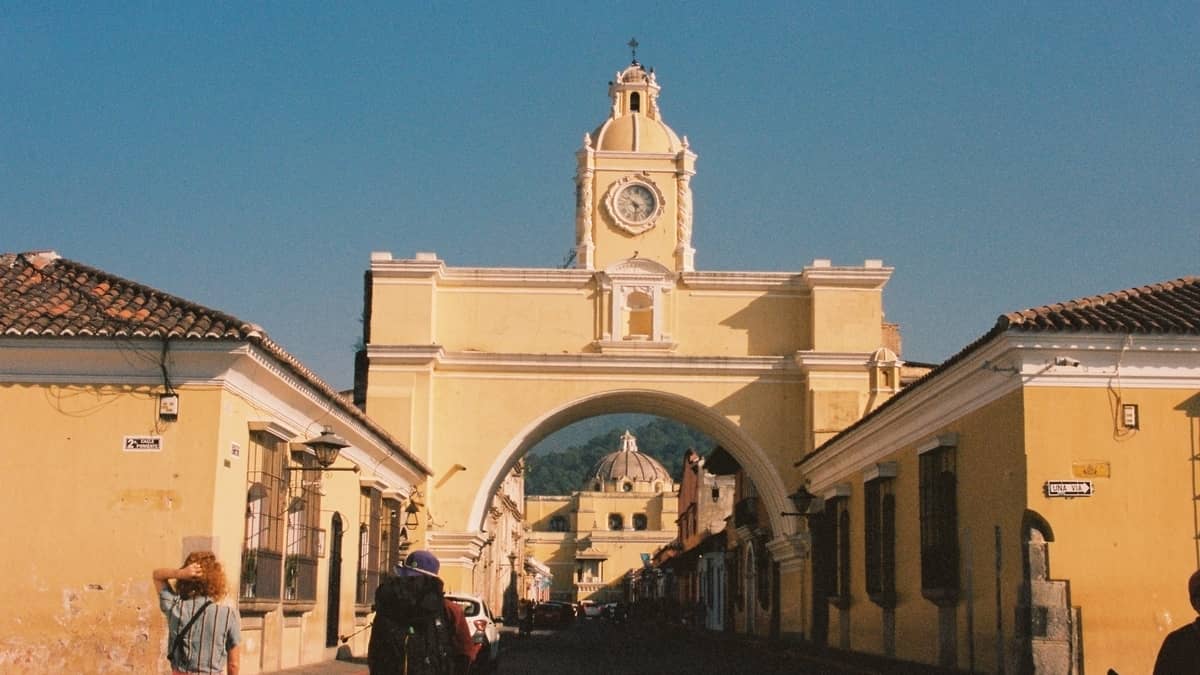Experience the rich heritage of food in Guatemala through traditional dishes, street food culture, and local cooking methods. Learn about tamales, broth day, and festival foods.
Modern-day Guatemala inherited valuable traditions from the Maya, sustained through the centuries until today. One example is the cuisine of this land – the Mayans were expert in sowing corn and had built a food culture around that. The Spanish brought their own cooking styles and a new Guatemalan food culture emerged from their meeting.
Contemporary Food Scene
Guatemalan food is an essential part of the culture here, and is always evolving. Antigua and Guatemala City both have restaurants opening all the time, featuring up and coming young Guatemalan chefs experimenting with flavors. It’s a great thing to see.
But keeping things back to basics, traditional dishes like tamales, chicken broth, pepián, fiambre, and ceviche still keep most Guatemalan bellies full. Women and children patrol the streets on Saturday nights shouting “tamales! tamales!“, calling for folk to come out and buy their dinner. In some communities, homes hold a red light outside a door or window, meaning there are fresh tamales or tortillas for sale inside. Unlike elsewhere, a red light in Guatemala DOES NOT mean you’re entering a brothel!
View this post on Instagram
The Art of Tamales
What are these delicious tamales, anyway? In Guatemala, they’re a mix of corn dough and red-colored sausage made with tomatoes and annatto. The flavor can vary depending on the extras. Some people like to add izote flowers, loroco, raisins, olives or sweet pepper.
Once prepared, you wrap them in plantain leaves and cook them on firewood. When ready, you unwrap the tamale from the plantain like a Christmas present and serve. Coffee and French bread go well with tamales, although some add cream, lemon or tortillas.
On holidays, tamales have special drinks associated with them. For example, you serve it with a fruit punch at Christmas and rum on New Year’s.
Weekly Food Traditions
The days of the week have their own traditional foods in Guatemala. Monday is broth day, which is a delicious mixture of chicken, fresh vegetables, and herbs eaten with tortillas and washed down with fruit juice.
Wednesday has a splendid stew called pepián. Pepián is one of the oldest dishes in Guatemala, and an excellent example of that fusion between the Mayan and Spanish styles of cooking. It’s chicken or pork (or both!) cooked in a special sauce with fruits, veggies, and spices. The result is a thick, blended stew. Either tortillas or white tamales are the perfect companion to pepián. Pepián is a national dish in Guatemala, popular at family gatherings. But there’s always a pot of pepián cooking in many Guatemalan households at any one time.
Ceviche is Guatemala’s “TGI Friday” dish, a bowl of fresh, small seafood chunks marinated in lemon juice. It includes onion, tomatoes, and mint, and is perfect with an ice-cold bottle of Gallo, Guatemala’s national beer. Ceviche and Gallo together have a comforting effect at the end of a hard week’s work.
Festival Foods
November sees the Day of the Dead and All Saints Day celebrated in Guatemala, which means it’s time to eat fiambre, a massive traditional salad. People prepare fiambre weeks in advance and each family has their own traditional recipe, handed down through the generations. A typical fiambre is complex, with up to fifty ingredients, including meats, seafood, cheeses, and anything else that comes to mind or is available.
View this post on Instagram
Traditional Cooking Methods
The typical Guatemalan household doesn’t use expensive equipment. Guatemalans believe that using one’s own hands to work ingredients, rather than using fancy blenders and microwaves, increases the purity of the flavors. There’s an argument that the essence of the cook’s humble soul comes into deeper contact with the food.
Nestor Quixtan is a Canadian/Guatemalan economist, linguist, and writer. He lives in Guatemala City.




